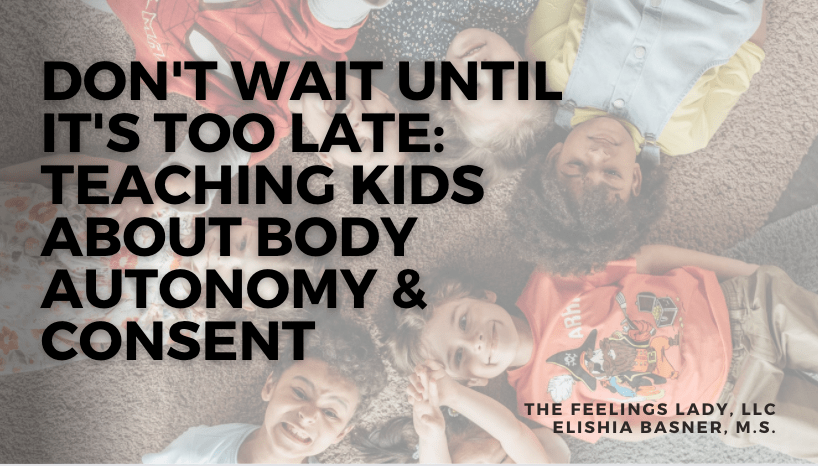I only recommend products I have found to be of great value and are worth reading or using. If you buy something through one of the links below, I may earn an affiliate commission at no cost to you.
When is the right time to teach body safety? I don’t recall ever being explicitly taught as a child that I could tell an adult ‘no’ if I was uncomfortable with their touch. Many of us have experienced tickles and hugs that we would have preferred not to have had growing up, but our ‘No’s’ were not respected – forced hugs with grandma and sitting on Santa’s lap. We didn’t know we could say ‘no.’
As a mom, I have prioritized teaching my daughter that she is the boss of her body and can say ‘no’ if she feels uncomfortable. As a school counselor, I have taught thousands of children safety rules to protect their bodies against abuse, but for some, it was already too late. To reduce the likelihood that this might happen to our children, it’s essential to explicitly teach body autonomy. We want to empower them to know they have the final say in what is acceptable for them and their bodies and if something does happen to them that it is never their fault.
To help facilitate such conversations, I’ve compiled a list of some of my favorite resources for teaching body autonomy and consent. Whenever possible, I have included a link to YouTube readings. I hope you find them as helpful as I have.
BOOKS
“Will Ladybug Hug?”
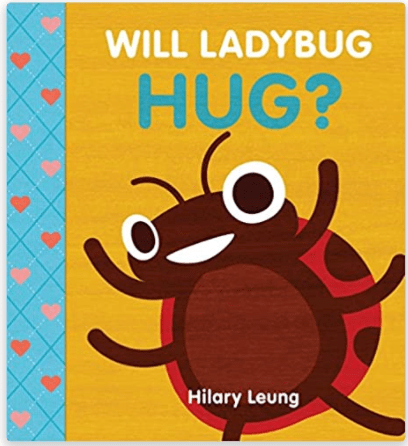
“Will Ladybug Hug?” is an excellent choice for toddlers and young children to reinforce the concept of body autonomy and consent. Ladybug asks her friends for hugs, and sometimes they say ‘no,’ or provide an alternative to a hug, such as a high-five. By teaching protective behaviors that can keep children safe from sexual abuse, this book lays the foundation for healthy relationships built on respect and consent. It also helps foster an environment of understanding and self-respect, encouraging children to advocate for their own bodies. (Video Option)
“C is for Consent”
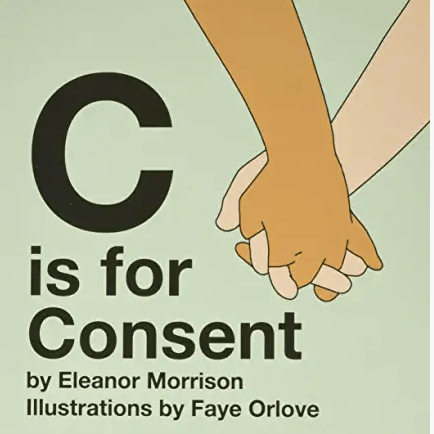
“C is for Consent” is a board book specifically targeted to the 1-3-year-old age group, but I believe it may be more suitable for Kindergarten and First Grade children. This book features diverse characters and educates young children about the importance of consent and respecting other people’s boundaries. It teaches them that they are not obligated to hug, kiss, or sit on anyone’s lap and that they should always ask for permission before touching someone else. This book is an essential tool for teaching children the basics of consent and respect. (Video Option)
“Miles is the Boss of his Body”
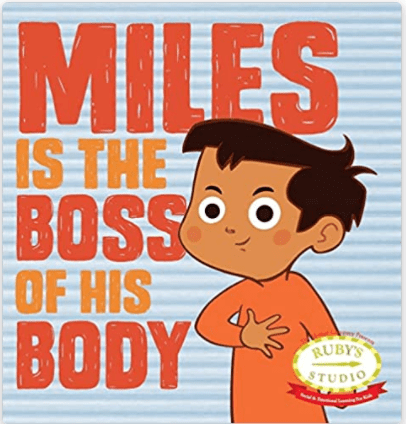
Based on the movie, “Miles is the Boss of his Body,” is an amazing book that teaches an important lesson about consent and respecting others’ boundaries. In the story, Miles is being touched by everyone on his birthday in ways that, while friendly and well-intentioned, he doesn’t want. Miles feels disrespected by the lack of consent, so he asserts that he is the boss of his own body and it is his choice when he is touched, how, and by whom. This story is a great tool for teaching kids the importance of consent and respecting others’ boundaries. (No video option found.)
“No Means No! Teaching personal boundaries, consent; empowering children by respecting their choices and right to say ‘no!'”
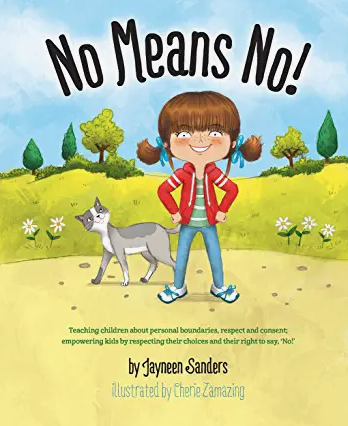
“No Means No,” with the longest book title on our list today, but we don’t mind when the content is this good, and it spells out the purpose of the entire book so eloquently. Perhaps the best line in the entire book is when the little girl says, “When people ask me things, and I say ‘No’… I don’t mean ‘Maybe,’ and I don’t mean ‘I’m not sure.'” Wow, can I get an amen? Teaching boundaries and consent is critical; this book is the foundational work required to ensure they can use their voices. (Video Option)
“Consent Ninja”
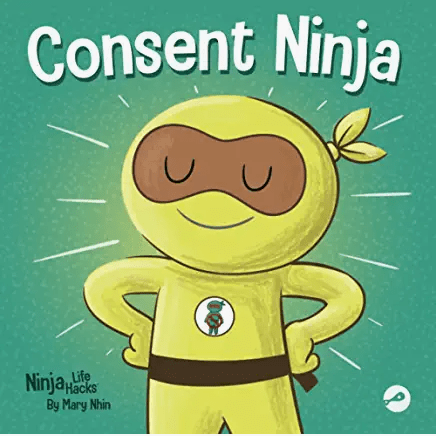
My favorite and most comprehensive title for upper elementary and middle school-aged students is “Consent Ninja,” This book reviews the concept of not assuming consent, revoking consent, personal and other people’s boundaries, and what to do if someone touches you inappropriately. “Consent Ninja” provides many opportunities for discussion and is the perfect book to read one-on-one. (Video Option)
SONGS
“Teeny Tiny Steevies” Song

Although not part of a curriculum, the “Teeny Tiny Steevies” song is an absolute bop and will be stuck in your head for hours. (Now that I think about it, I’m not sure if that’s an endorsement or a reason to avoid it.) This song indicates explicitly what young children are and are not “the boss of” in their lives. This song provides a critical illumination of the extent of their bodily autonomy, sharing that they’re not the boss of their dinner options or their bedtimes, but they are the boss of their bodies and who touches them. Our pre-school through first-grade students love this song. (Video Options)
“The Boundary” Song
The lyrics in The Boundaries Song give young children a script for firmly and respectfully claiming their space and identifying their boundaries. It’s incredibly catchy and easy to remember, “Please stop. I don’t like that. I’m feeling uncomfortable. I need more space. Not around me. Don’t take it personally. That’s just a boundary. It’s a boundary.” The song provides many examples of boundary violations and labels them as such. It is a crowd favorite for pre-school children. (Video Option)
VIDEOS
“The Safety Show”
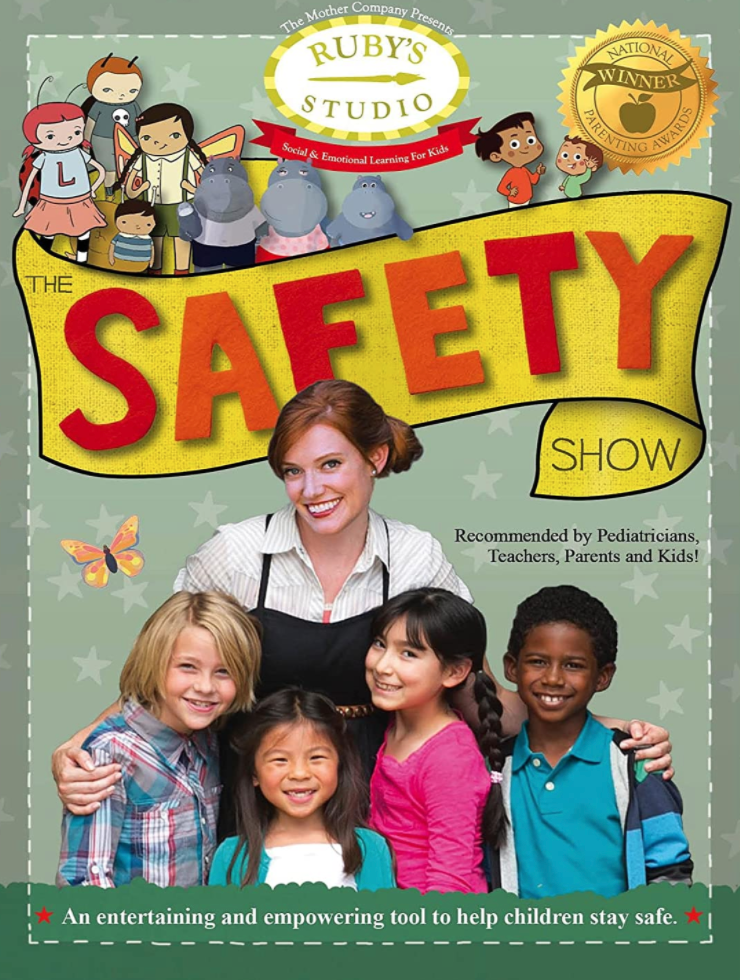
I adore this video so much! The “Safety Show” is a fun-filled hour of different scenarios that keep children engaged. Targeted toward lower elementary-aged students, they’ll learn about safety rules, personal boundaries, respecting the boundaries of others, listening to their bodies, and managing that “uh oh” feeling, along with stranger safety and managing dangerous situations. It’s available with an Amazon Prime membership, but you can also purchase a DVD.
“Barbara Sinatra’s Protect Yourself Rules”
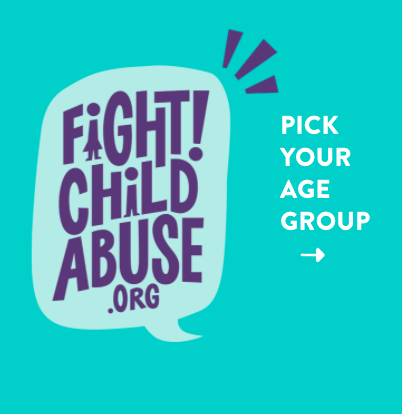
Books are my go-to for one-on-one conversations, but watching videos online is a great conversation starter for class lessons. The best free option is “Barbara Sinatra’s Protect Yourself Rules,” which provides age-appropriate lessons for kindergarten through teens by age-categories. By far, this is the best and most comprehensive resource, with short three-and four-minute videos discussing the body safety rules, secrets, online safety, bullying, stranger safety, and so much more. (Video Option)
You might feel worried that it’s too soon to have these conversations, and I hear you; it feels impossible that anyone would ever what to hurt our little ones, but according to RAIN, “In FY16 alone, Child Protective Services agencies substantiated, or found strong evidence to indicate that, 57,329 children were victims of sexual abuse.” At the publishing of this article, there were only 37 states in the U.S. that required body safety (Erin’s Law) to be taught to children in school. It’s up to us to ensure our children are aware of the dangers they may face and give them the tools they need to stay safe.
